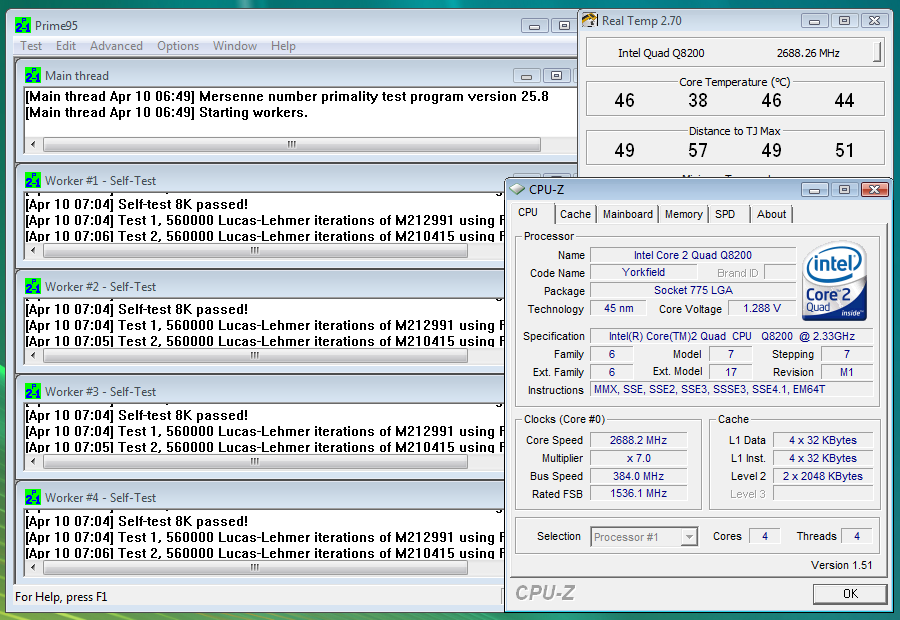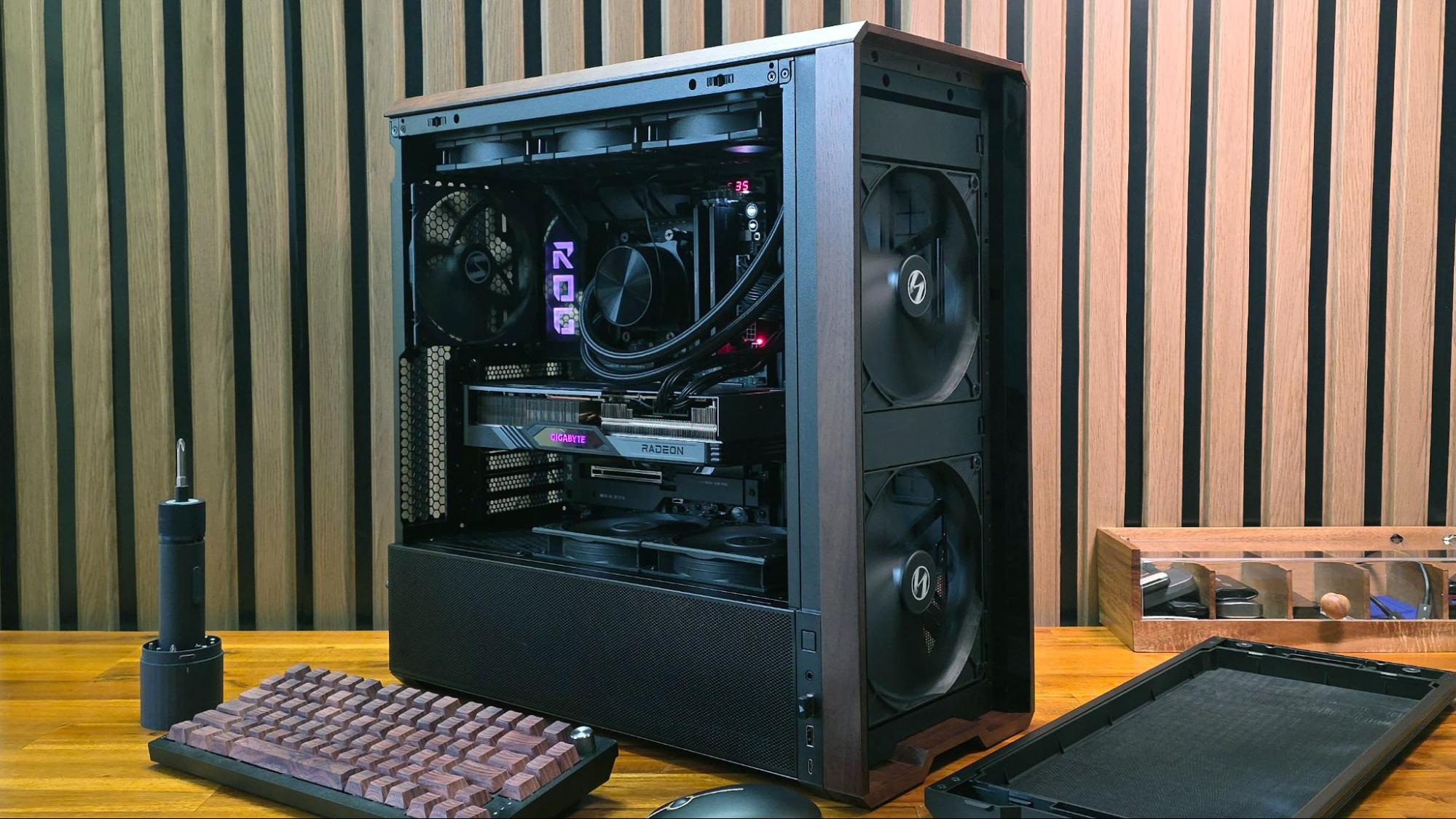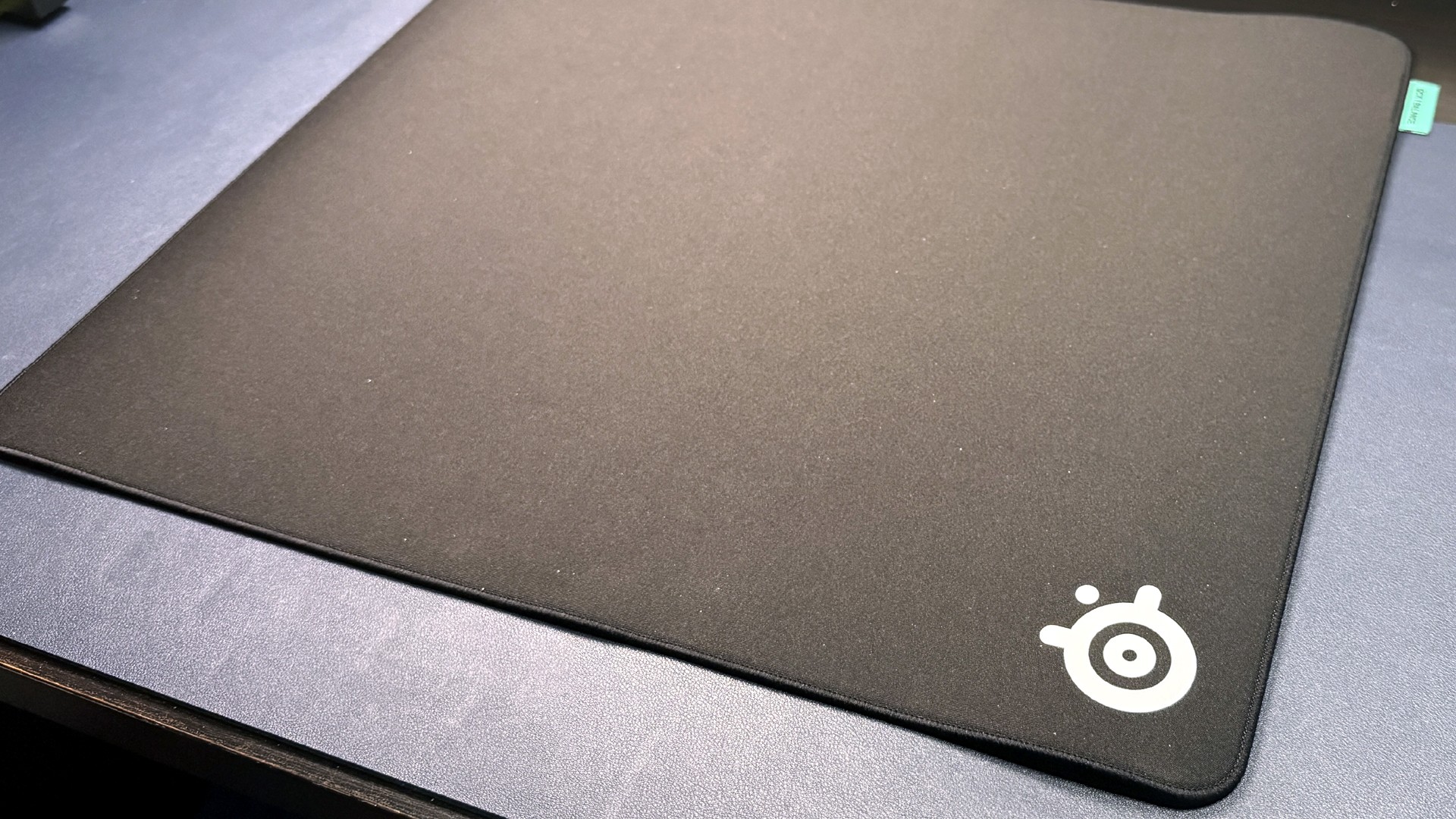Guide: Overclocking AMD And Intel CPUs On A Budget
Overclocking Intel's Core 2 Quad Q8200
Intel’s value-priced Core 2 Quad Q8200 uses two of the same processor dice as the Pentium E5200, at a lower clock speed and a higher front side bus clock. The combination of moderate CPU frequency and higher FSB also requires a lower CPU multiplier, and Intel designs these so that the multiplier cannot be increased.
Intel typically uses a low FSB on mainstream processors to modulate performance and expand compatibility, so we’re not certain why the company chose FSB-1333 for its cheapest quad-core models. We do, however, know that many overclockers specifically select low-cost processors for the higher multiplier that typically accompanies a lower bus speed, so that its use of FSB-1333 for the Q8000-series has all but prevented its adoption amongst enthusiasts. After looking at the far higher prices of Q9000-series processors, we returned resolute to get big gains from the Q8200, viewing its lower multiplier as a challenge.
Unfortunately, the Q8200 would barely budge beyond its original 2.33 GHz frequency, regardless of how much voltage we applied to its core, reaching the same 2.5 GHz overclocked speed at core voltage settings from stock to 1.45 volts. The problem, it seems, is that FSB-1333 is almost the limit for these cores at stock FSB voltage.
Dual-die processors of this design use the front side bus for both CPU-to-chipset and die-to-die communication, and increasing the CPU FSB beyond 354 MHz (2.5 GHz CPU clock) would require an increase of the “VTT FSB Voltage” setting seen in the second screenshot below.


Our research showed that CPU FSB voltage had the same practical limit as core voltage: 1.45 volts peak and “something less” under load for continuous long-term use. As with the core voltage of the E5200, we chose 1.40 volts as a target voltage for Q8200’s FSB. We were then able to increase the FSB to 384 MHz, but the resulting 15% overclock is barely worth the risk and effort.

We really wanted to reach at least the next “Intel standard” FSB clock of 400 MHz, or FSB-1600, but getting there required far more “VTT FSB Voltage” than we can safely recommend. Further research into other far-more-successful Q8200 overclocks revealed that those units were actually cream-of-the-crop “Q8200S” models.
The CPU cores certainly wouldn’t need a full 1.40 volts at so low an overclock, so we began back-tracking. While “VTT FSB Voltage” remained at 1.40 volts for a stable 384 MHz FSB, we were able to drop the “CPU Voltage” setting to 1.30 volts. Anything less resulted in an eventual crash under Prime95 v25.8 build 4.
Stay On the Cutting Edge: Get the Tom's Hardware Newsletter
Get Tom's Hardware's best news and in-depth reviews, straight to your inbox.
With the chipset’s maximum memory clock rate of twice the CPU FSB clock, the fastest selectable memory clock of 768 MHz provided a data rate of DDR3-1536. As with the E5200, we then began stability tests using Memtest86+ v1.70 at progressively lower DRAM latency settings until the best stable timings of 6-6-5-16 were determined.

Current page: Overclocking Intel's Core 2 Quad Q8200
Prev Page Pentium E5200 O/C Performance And Efficiency Next Page Core 2 Quad Q8200 O/C Performance And Efficiency-
tacoslave i like these "how to" articles but i still want to see the rest of the twkr article you promised us (quad crossfire 4890's) *sigh* a man can dream can't he?Reply -
snakeeater_za Surely people on a budget (like me) would prefer their e5200 to last longer than a 'few months or hopefully a yr to 3?' i know i will upgrade prob in a year or so, so a yr would be fine, but a few months? Pfffft. my proc vid is 1.225 and for 3.33ghz i need a vcore of 1.385 in bios which at idle is 1.36ish. So although im nowhere near 4 at least i wont suffer from electromigration and have to fork out for a new cpu! Just my 2 centsReply -
Crashman snakeeater_zaSurely people on a budget (like me) would prefer their e5200 to last longer than a 'few months or hopefully a yr to 3?' i know i will upgrade prob in a year or so, so a yr would be fine, but a few months? Pfffft. my proc vid is 1.225 and for 3.33ghz i need a vcore of 1.385 in bios which at idle is 1.36ish. So although im nowhere near 4 at least i wont suffer from electromigration and have to fork out for a new cpu! Just my 2 centsReply
It's all a game of averages. Tom's Hardware hasn't accidently killed a processor by overclocking it in a while, though I'm sure a couple editors have intentionally done so to find the voltage limit. The problem is, once again, you can only look at averages.
3 months continuous use at 1.45 volts caused an E8500 to lose its OC stability. It had to be clocked down to become stable again, and lost much of its voltage tolerance. It wasn't destroyed however.
1.40 volts should be significantly safer than 1.45 volts, but until a few people report on how long their cores lasted at 1.40 volts its impossible to tell "how much safer", that is, how much longer it will last. All that's known is that it should last "significantly" longer, but whether that's 4 months (33% longer) or 30 months (10x longer) is the unanswerable question. -
astrodudepsu Good show mate.Reply
I would have liked to see combined charts as a conclusion but that's a minor criticism.
I'm just wondering what the 'next-gen' E5200 (i.e. the intel people's OC'er) will turn out to be? Some flavor of i5 I assume, but who knows. -
JeanLuc LinkReply
"Intel’s value-priced Core 2 Quad Q8200 uses two of the same processor dice as the Pentium E5200....."
I don't know why you choose the Q8200 it's a notoriously bad overclocking chip, if you wanted a budget Intel Quad core that had room for overclocking you should have bought the Q6700/Q6600. -
”Motherboard MSI P45 Diamond LGA-1366, P45/ICH10R, BIOS 1.5 (10/10/2009)”Reply
MSI P45 Diamond is not LGA1366, but LGA775. LGA1366 is for Core i7 processors only, LGA1156 is for Core i5 and i7 (only dual channel DDR3-1333/1066). LGA775 is the old socket, for Celeron D, Celeron 4xx, Pentium Dual Core, Pentium 4, Core 2 Duo, Core 2 Quad. -
da bahstid No games? Like...none at all? Does anybody even overclock for reasons other than games?Reply
Otherwise, pretty good article. Though perhaps a better choice for the Intel quad would have been a 9550...I thought they were under $250 by now. Same time, I guess the Q8200 does seem to be a more difficult overclocker...Intel may have intended this to be the case so as not to gut sales of their Q9000 series. And readers may as well know before jumping on a Q8200 thinking it'll overclock like an E5200.










